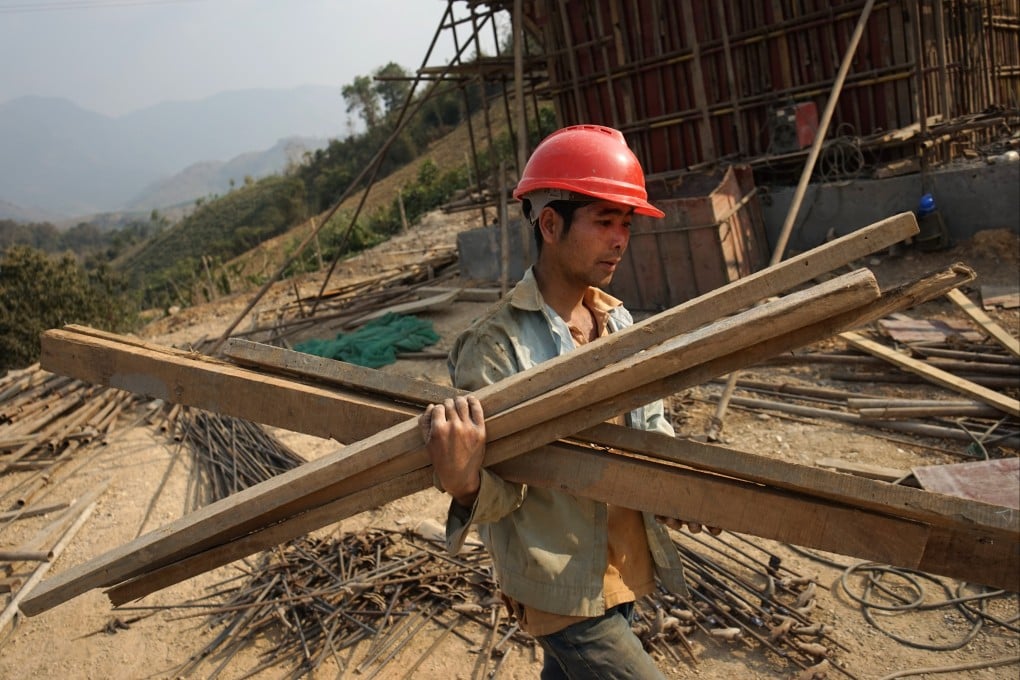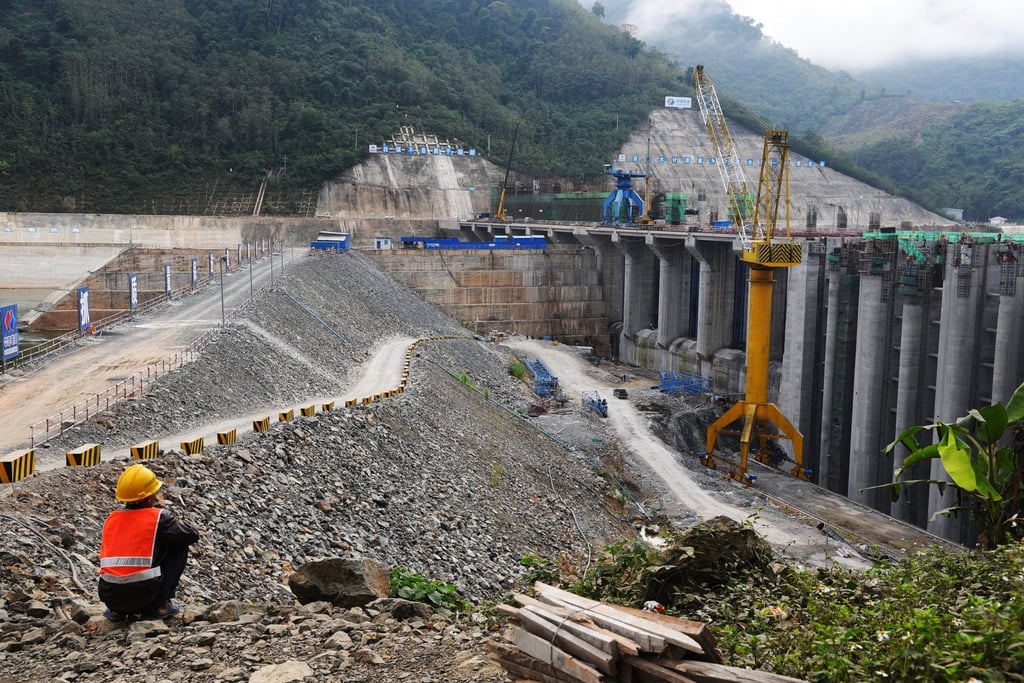China’s belt and road plans for Southeast Asia face uncertain ‘long-term prospects’ as social, environment concerns persist: study
- Worries about the Belt and Road Initiative’s environmental and social costs ‘are likely to hinder progress’, according to the ISEAS-Yusof Ishak Institute report
- Beijing ‘remains committed’ to the region’s projects, but has pivoted more towards ‘soft’ health and digital infrastructure amid the pandemic, it found

Disputes over compensation, forced relocations and an influx of unskilled Chinese workers continue to plague belt and road projects in Southeast Asia, as the pandemic has sped up China’s pivot towards prioritising digital and health infrastructure, according to a new report.

“Southeast Asia rose to become the top belt and road investment destination in 2020, despite a steep decline in China’s overall belt and road investments worldwide,” wrote Wang Zheng, a visiting fellow at the ISEAS-Yusof Ishak Institute and the study’s author. “Nevertheless … challenges stemming from the ongoing pandemic and local concerns about social and environmental costs are likely to hinder the progress of belt and road projects in the region.”
Health, digital pivot
Travel restrictions, lockdowns and other pandemic-era curbs have disrupted Beijing’s global belt and road push over the past two years. But Wang’s study, which analysed an original data set tracking major China-financed projects, found that Beijing “remains committed” to boosting the progress of its projects in Southeast Asia.
Most of these projects are currently clustered in the energy (29 per cent), transport (23 per cent) and metals (18 per cent) sectors, the study found. Yet it said the data also showed China’s efforts to diversify belt and road projects by expanding into healthcare services, telecommunications, and education in Southeast Asia.